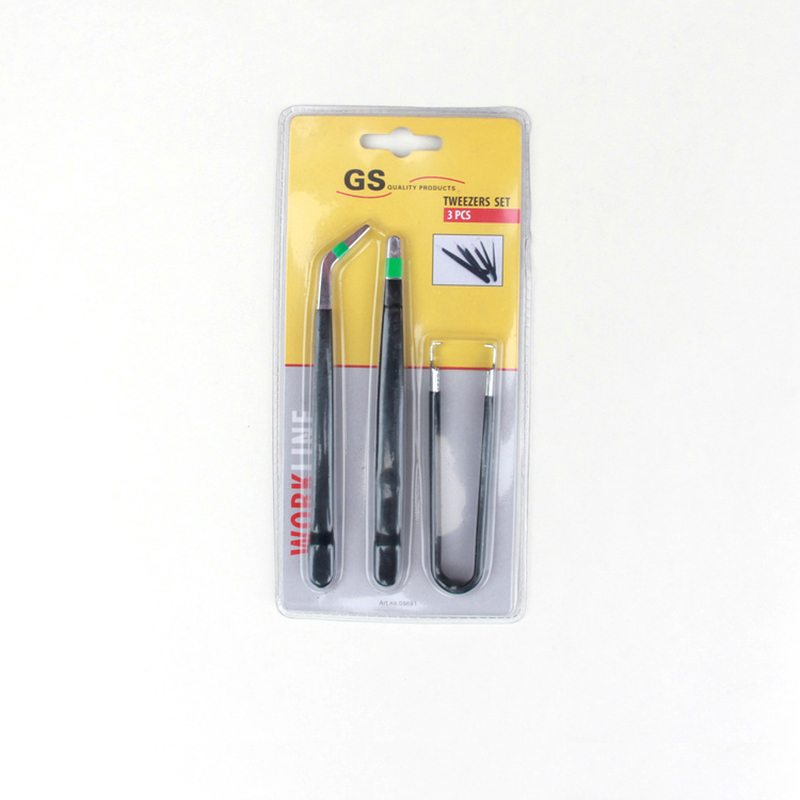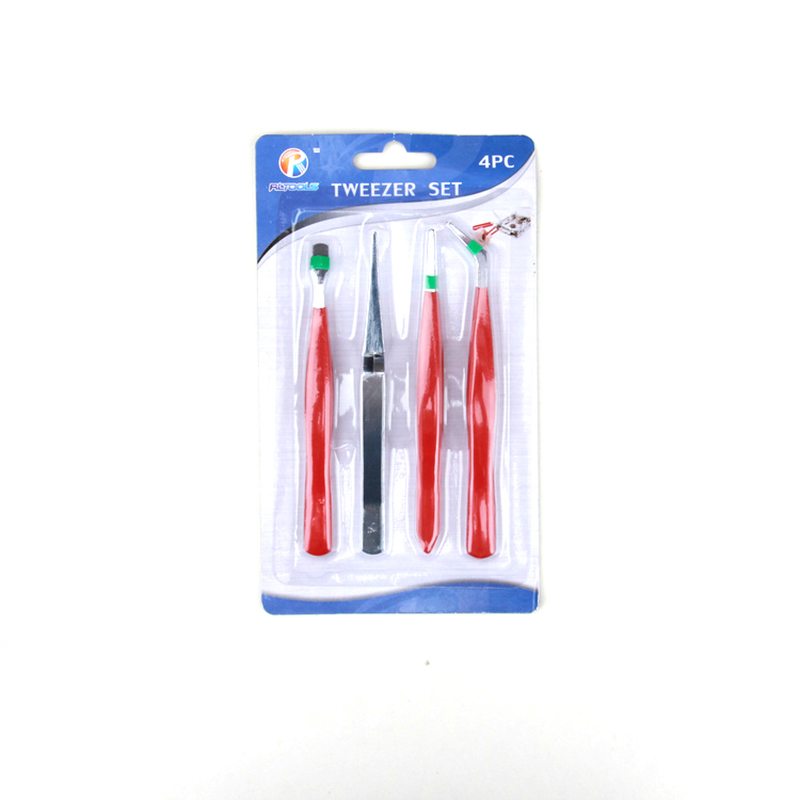16 Years manufacturer 9-PCS Ball-point Hex Key Sets packaged by folded plastic frame to Ecuador Manufacturer
Short Description:
Product Detail
Product Tags
We also offer product sourcing and flight consolidation services. We have our own factory and sourcing office. We can provide you with almost every type of product related to our product range for 16 Years manufacturer 9-PCS Ball-point Hex Key Sets packaged by folded plastic frame to Ecuador Manufacturer, "Passion, Honesty, Sound service, Keen cooperation and Development" are our goals. We are here expecting friends all over the world!
Basic Information
■Model Number: RL-NLJ012
Additional Information
■Material: 45# Carbon Steel
■Size: 1/16″-3/8″, 1.5mm-10mm
■Surface Treatment: Zinc-plated, Black Oxide
■Heat Treatment: Optional
■Package: Plastic Frame
■OEM: Acceptable
■HS Code: 8204110000
■Samples: For FREE
■Delivery Time: Always 30 working days depending on the order quantity
■Packing: By standard cartons
Product Description
■Ningbo Rilong Hardware Tools Factory can provide various kinds of Hex Key with different sizes and packages.
Product Image
Video slideshow that outlines how to repair sheet metal. This demonstration was done on a lawn tractor mower deck, but the same principles can be applied to auto body work on vehicles. Most automotive body panels do use a thinner gauge steel, so when welding, more care will have to be taken to reduce the amount of heat distortion. In the video I did use a flux core mig welder, but an argon unit can be used as well.
Website: https://4diyers.com
Facebook: https://www.facebook.com/4diyers
Google Plus: https://plus.google.com/+4DIYers
Twitter: https://twitter.com/4DIYers
Instagram: https://www.instagram.com/4diyers/
Tumblr: https://4diyers.tumblr.com
Pintrest: https://www.pinterest.com/4diyers/
Tools/Supplies Needed:
-angle grinder
-angle grinder cutting disks
-angle grinder flap wheels
-locking pliers
-mig welder
-welding shield
-welding gloves
-hammer
-paint marker
-wire brush
-220 grit sandpaper
-paint
-paint brush
-safety glasses
-replacement metal
-propane torch
-adjustable wrench
-clean cloth
-degreaser
Procedure:
-determine to what extent the metal is damaged
-remove the rusty soft/thin areas will allow for a solid area to weld the patch to and also reduces the chance of having the welder burn through the existing steel
-cut out the damaged area using a grinder equipped with cutting disks
-start by forming the new metal to replace the damaged area
-sometimes it is easier to form the replacement metal first before cutting out the damaged area, but the damaged area should still be in reasonable condition to copy the shape or contours
-to form the replacement pieces I used a couple concrete blocks, along with some wood for forming, along with the assistance of a hammer, adjustable wrench, and propane torch
-forming metal will vary depending on what you are trying to achieve
-for my repair I first bent the metal patches, then made relief cuts using the angle grinder with cutting disks so I could form multiple contours
-once finished forming the patches, ensure they fit and remove excessive material from the original panel if needed (it’s better to have more newer metal in a patch repair)
-use the flap wheel for the angle grinder to remove any existing rust or paint to prepare for welding
-fit the patch into place, use locking pliers to hold it into place
-ground the mig welder onto the piece, select a proper heat range
-first tack the replacement piece into place, applying a tack weld every one to two inches
-adjust piece when needed using a hammer, ensuring the edge lines up correctly
-once the piece is held in, then continue with short welds about one inch in length in various areas
-do no run one continuous weld as this will cause warpage
-allow the metal to cool if need
-once the welding has finished, use the flap wheel on the angle grinder to smoothen out the welds
-finally to finish up, for my repair I used a wire brush to clean the mower deck removing any loose rust and paint
-finish up with 220 grit sandpaper to smoothen out the surface
-I wiped down the mower deck with a clean cloth and degreaser
-then applied a farm equipment paint using a brush to the whole mower deck
The cuts in the one rounded patch allows for the piece to be bent into two different directions to match the contour of the mower deck.
Grind the paint off around the area where the patch will be welded to. This will ensure that welder is able to arc on the existing surface properly.
The tack welds hold the piece in place and allow me to align the patch to the existing surface. For the welding, I used a small flux core mig welder.
Running small/short (approx. 1″ length) welding beads reduces the amount of distortion within the sheet metal which is caused by excessive heat. This will have to be adjusted accordingly depending on the gauge/thickness of steel.
For grinding down the welds I used the angle grinder with standard grinding disc for the higher areas and a flap disc to smoothen the surface.
For paint, I used low gloss black farm equipment painted which I brushed on.
Credit:
Music:
Zap Beat – Kevin MacLeod (https://incompetech.com/) Licensed under Creative Commons “Attribution 3.0″ https://creativecommons.org/licenses/by/3.0/
Thank you to all those who watch my videos and support my content. Don’t forget to subscribe to my channel for future tutorial videos and like my video if you found it helpful. New videos are always being uploaded every week!
© 4DIYers 2013
All Rights Reserved
No part of this video or any of its contents may be reproduced, copied, modified or adapted, without the prior written consent of the author.
I show how to tighten or loosen nuts and bolts when you don’t have the correct size wrench.
Patreon: https://www.patreon.com/vonmalegowski
Twitter: https://twitter.com/VonMalegowski
Instagram: https://www.instagram.com/vonmalegowski/
Facebook: https://www.facebook.com/VonMalegowski2
When the wrench is too large for the nut or bolt you can use some coins or washers to fill the extra space between the nut or bolt and the wrench. Try to pick a wrench that is the closest size to the bolt and try different combinations of coins to get a snug fit. If the wrench is too small you can take a long nut and a bolt, screw the nut onto the bolt and tighten the bolt around the nut you want to tighten or loosen. You can also use shorter bolts and a small wrench for leverage. Although this can be useful for some applications I would not recommend using this to replace wrenches of correct sizes or use on motor vehicles.
Music: YouTube Audio Library
Tracks: Fresh Start
Artists: Silent Partner
https://creativecommons.org/licenses/by/3.0/
©2017 Von Malegowski. All Rights Reserved.








